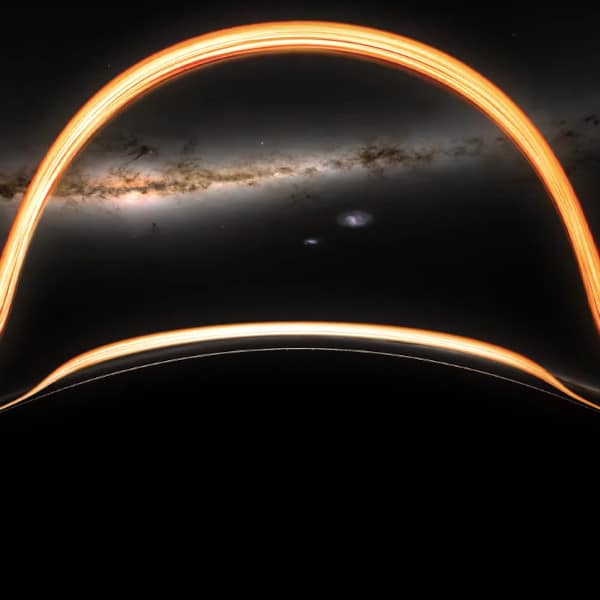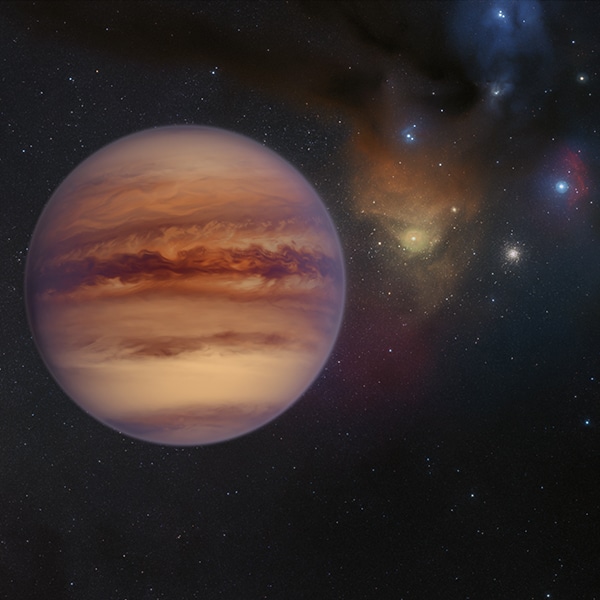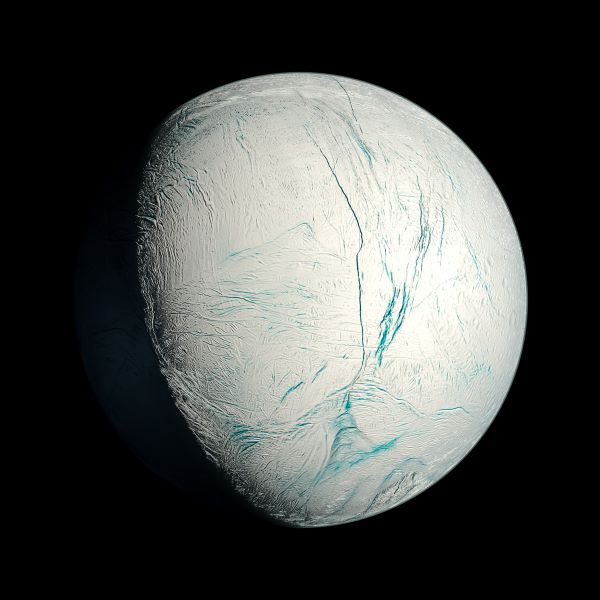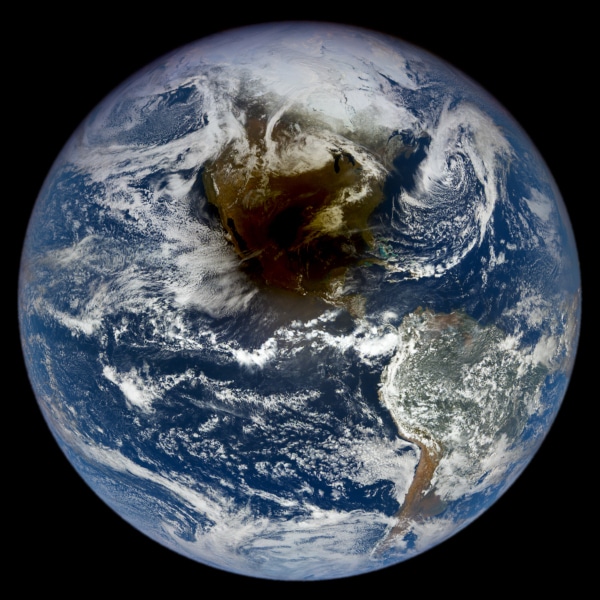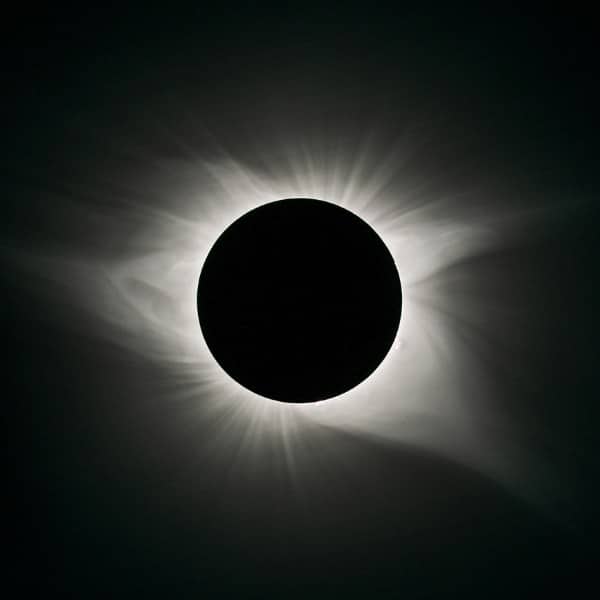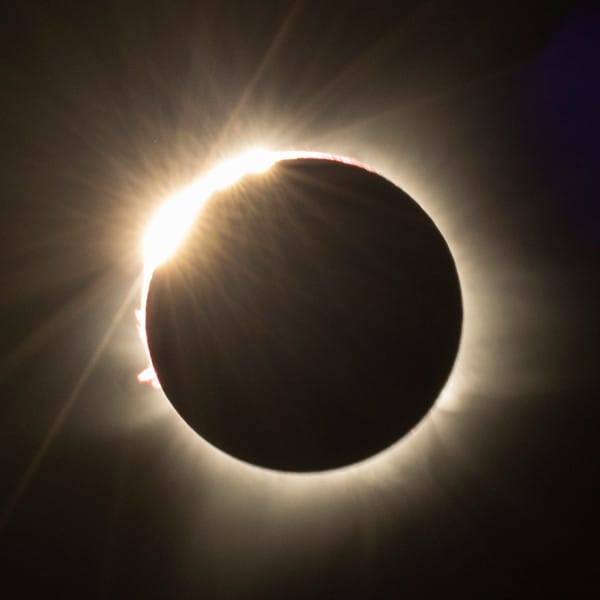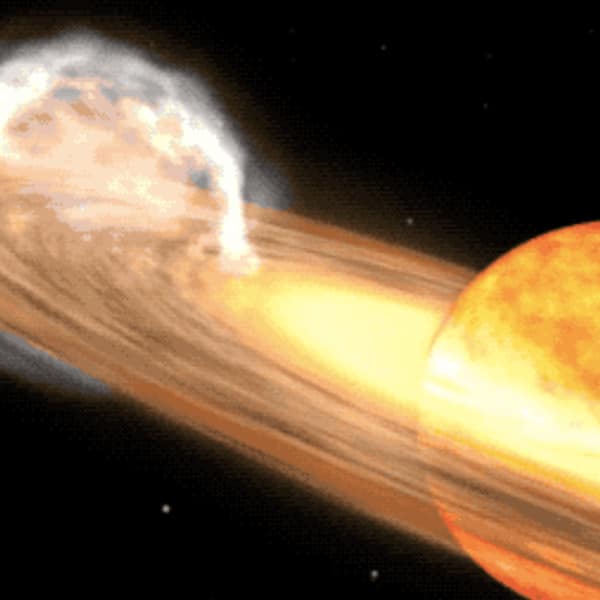Recently in Sweden, photographer Peter Rosén caught a burst of several colors, especially green, around Venus in a dazzling, rare show. To fully appreciate the significance of this, it’s important to understand how light works. Light passes constantly around us and through our solar system, emanating from sources such as the sun. Sunlight—typically the white light we see illuminating our world—comes to us across millions of miles of space. When rays enter the atmosphere at an angle, they are refracted by the gas and other particles in the air we breathe. Blue light has short waves, so it bounces around even more than other colors in the spectrum—it colors the celestial dome into our blue sky. Blue is, however, just one color of the rainbow that makes up light.
Rosén—who according to his bio is a photographer, digital artist, and amateur astronomer based in Stockholm—pointed his camera at the planet Venus on January 8, 2024. “On Monday morning I woke up early to get a beautiful view of Venus and the Moon rising over Stockholm's skyline,” he told Spaceweather. “Because of the extreme cold that still persists over southern Sweden, I also got an unexpected bonus in the form of a rare green flash on Venus.”
This flash comes from a combination of factors. The light from Venus must have traveled at the exact right angle, allowing the atmosphere of Earth to fully separate the light into its component colors. Known as atmospheric dispersion, the red light rims the bottom and the blue the top of the planet. But the blue light can be heavily scattered by particles in the atmosphere, leaving instead the slightly longer green wavelengths above the planet.
Rosén's video displays this brilliant green, but other colors are visible as well. The cold of the night made for the perfect conditions for the rare occurrence. Other celestial bodies have green flashes, including the sun.
A photographer in Sweden captured a rare green flash off Venus on a cold night.
View this post on Instagram
h/t: [Live Science]
Related Articles:
New Study Finds That Earth’s Core Wobbles on Its Axis Every 8.5 Years
Newly Discovered Super-Earth Is Perfectly Placed To Have Water on Its Surface
Incredible Sky Map Details Over 900,000 Stars, Galaxies, and Black Holes
Newly Discovered Super-Earth Is Perfectly Placed To Have Water on Its Surface











































































